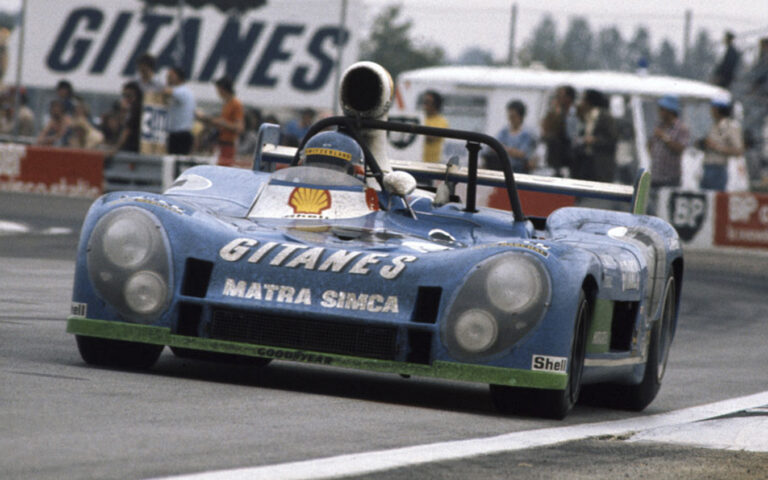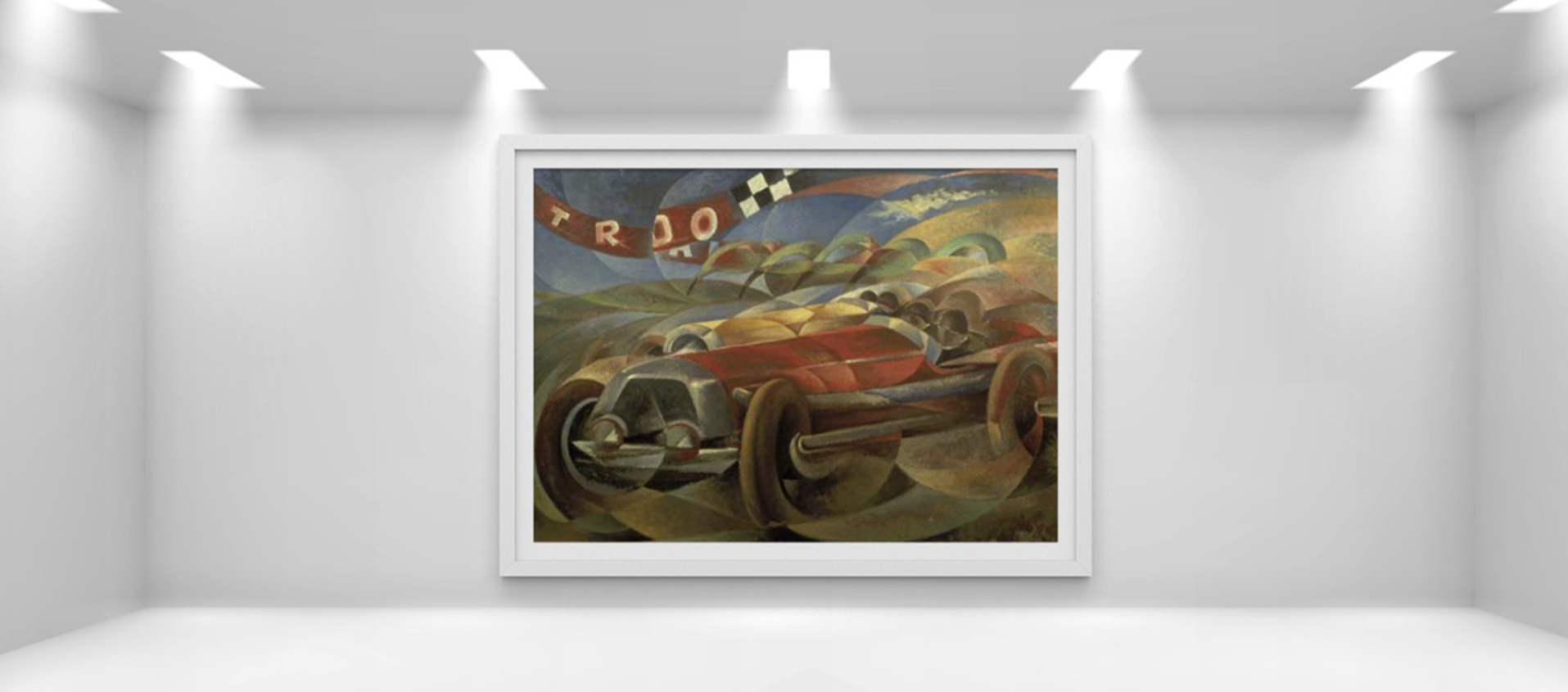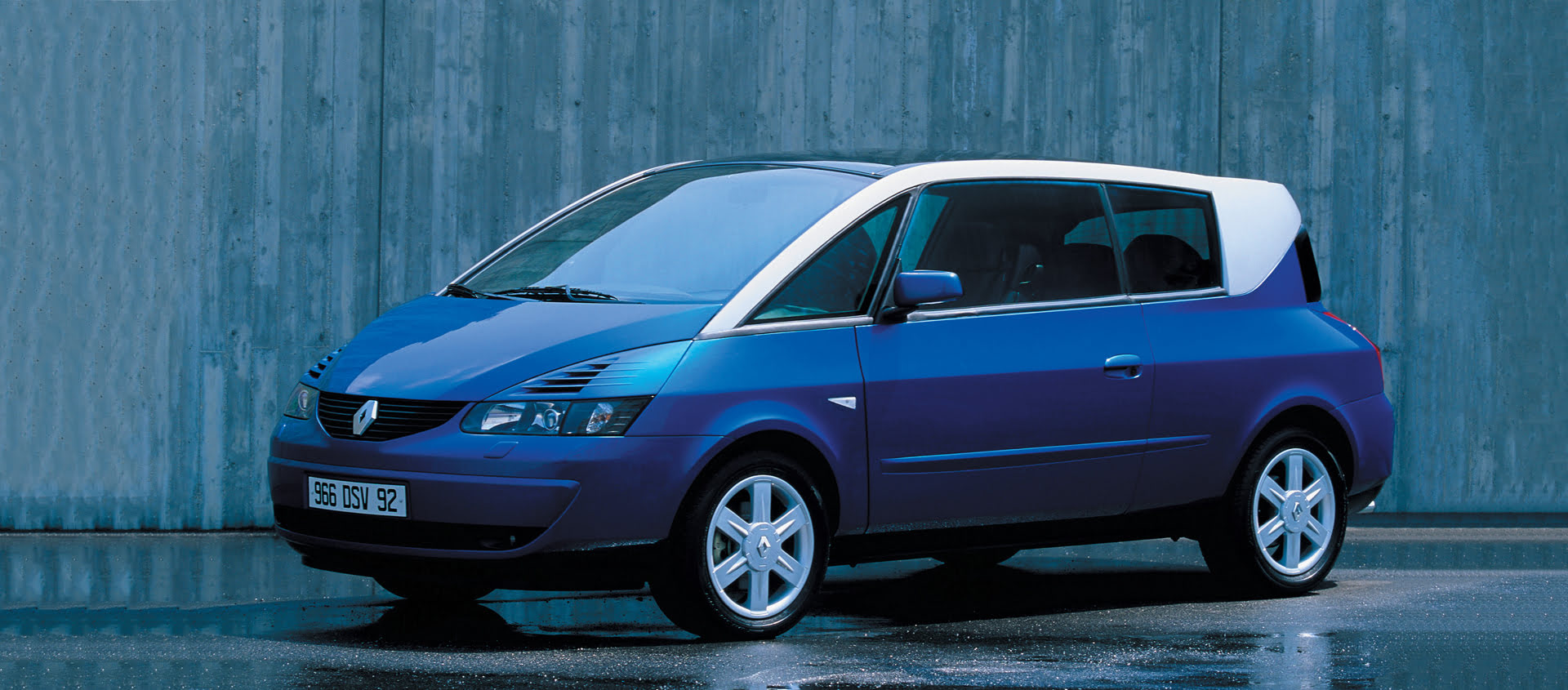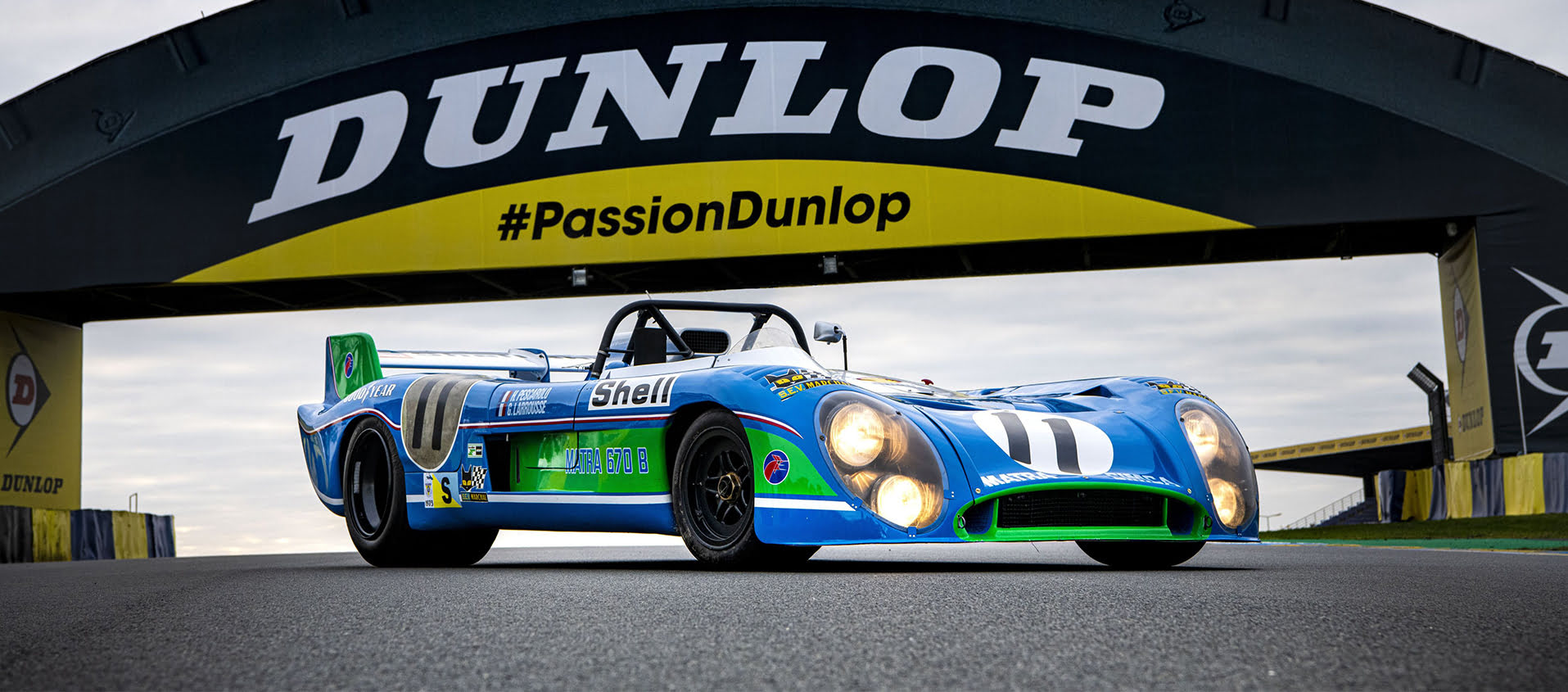Matra. The Rarest Brands in the Top 100 Collections
14 April 2023 3 min read 8 images

It’s fascinating to think that for an aerospace giant like Matra, cars were also an exciting hobby. Matra’s evolution is a complex story that began in the pre-war period and developed significantly during the Second World War, providing support for armaments. In the early post-war period, it transformed into a military and aerospace technology industry. Matra is an acronym derived from Mécanique Aviation TRAction, and the credit for selecting a man who became a symbol for motorsport enthusiasts, the engineer Jean Luc Lagardère, goes to Matra’s creators, Marcel Chassagny and Sylvain Floirat.
Register to unlock this article
Signing up is free and gives you access to hundreds of articles and additional benefits. See what’s included in your free membership. See what's included in your free membership.
Already have an account? Log In


